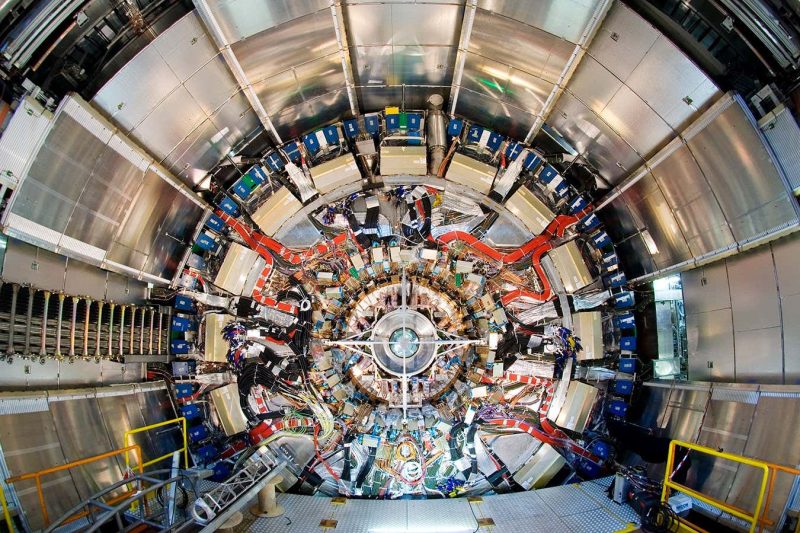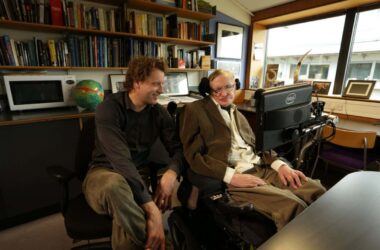Understanding the Strong Force
The strong force, which binds together the particles that make up protons and neutrons, is the most powerful of all the fundamental forces of nature. However, its exact strength has been more uncertain compared to other forces. Researchers have made significant progress in measuring this force precisely, which is crucial for understanding the world around us.
Challenges in Measuring the Strong Force
Unlike other fundamental forces that weaken as particles move further apart, the strong force becomes even more powerful. This unique characteristic makes it challenging to measure directly. Scientists can only observe the strong force indirectly.
“The only way we can observe the strong force is indirectly.”
– Stefano Camarda, CERN
A Leap in Precision
Scientists at the CERN particle physics laboratory used the ATLAS experiment at the Large Hadron Collider (LHC) to achieve a significant improvement in precision. They reduced the relative uncertainty in the force’s strength to 0.8 per cent, which is two to three times better than previous experimental measurements.
The Method: Slamming Protons Together
The researchers measured the strong force by colliding pairs of protons, which produced a particle called a Z boson. If there were no force mediating the interactions between the protons, the Z boson would remain stationary. However, the strong force exerted a small “kick” on this particle, altering its momentum. The resulting momentum provided valuable information about the magnitude of the strong force.
Implications for Particle Physics
The value of the strong force is a significant source of uncertainty in the standard model of particle physics. Achieving a more accurate measurement is essential for interpreting data from the LHC and identifying any evidence of physics beyond the standard model.
Relevance to the Fate of the Universe
The strong force also plays a crucial role in understanding the possible fate of the universe. There is a small possibility that the universe could end through a phenomenon called vacuum decay. The uncertainty in the value of the strong force impacts predictions related to this potential event.
“The probability that the universe will disappear in a quantum bubble is very low. But we have uncertainty in this statement, and that uncertainty is driven by the value of this force.”
– Stefano Camarda, CERN
Future Possibilities
Although the new measurement represents a significant advancement, our understanding of the strong force still lags behind our precise calculations of other fundamental forces. Nonetheless, proposals for a new collider at CERN specifically designed to study the Z boson offer hope for achieving even greater precision in the future.








